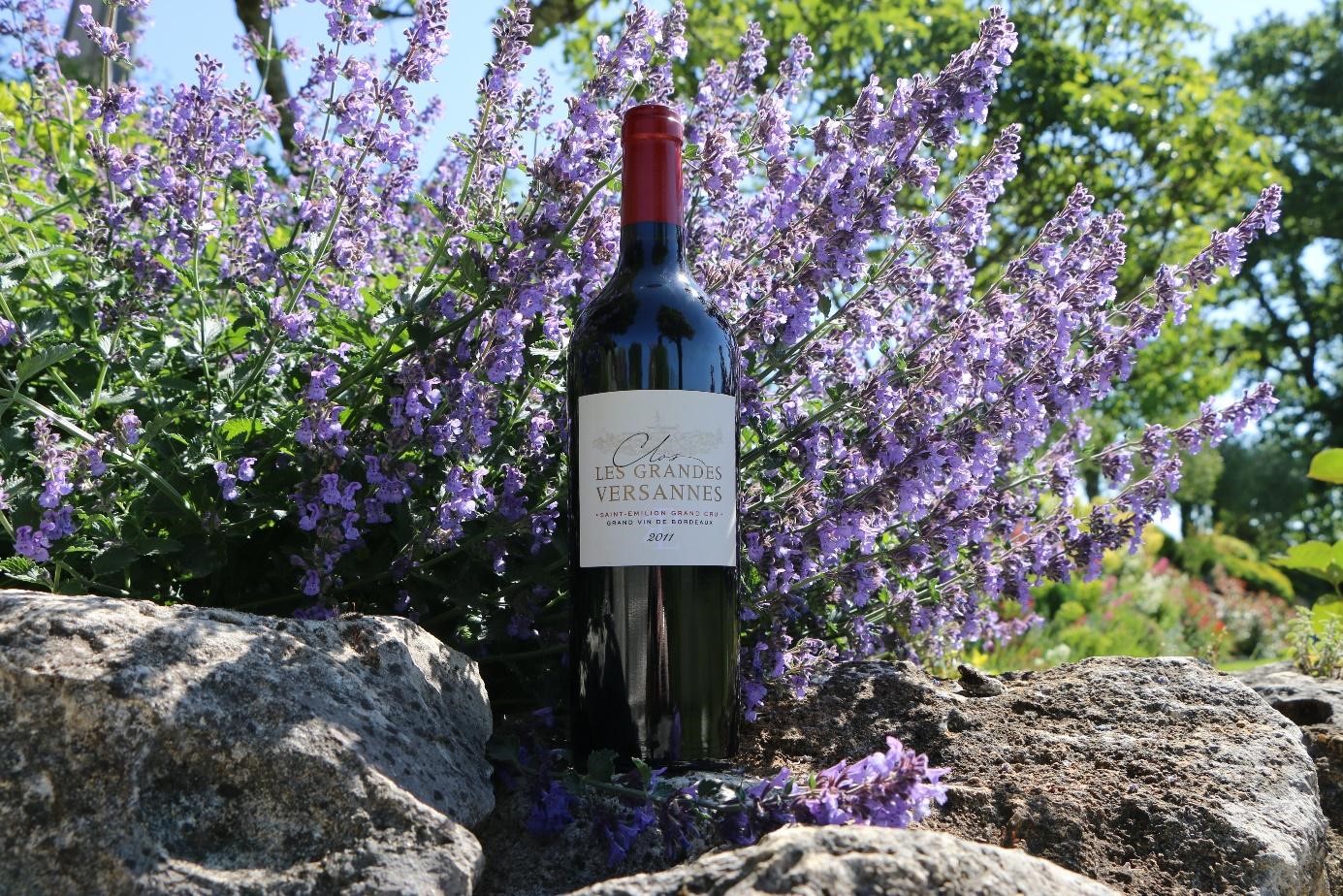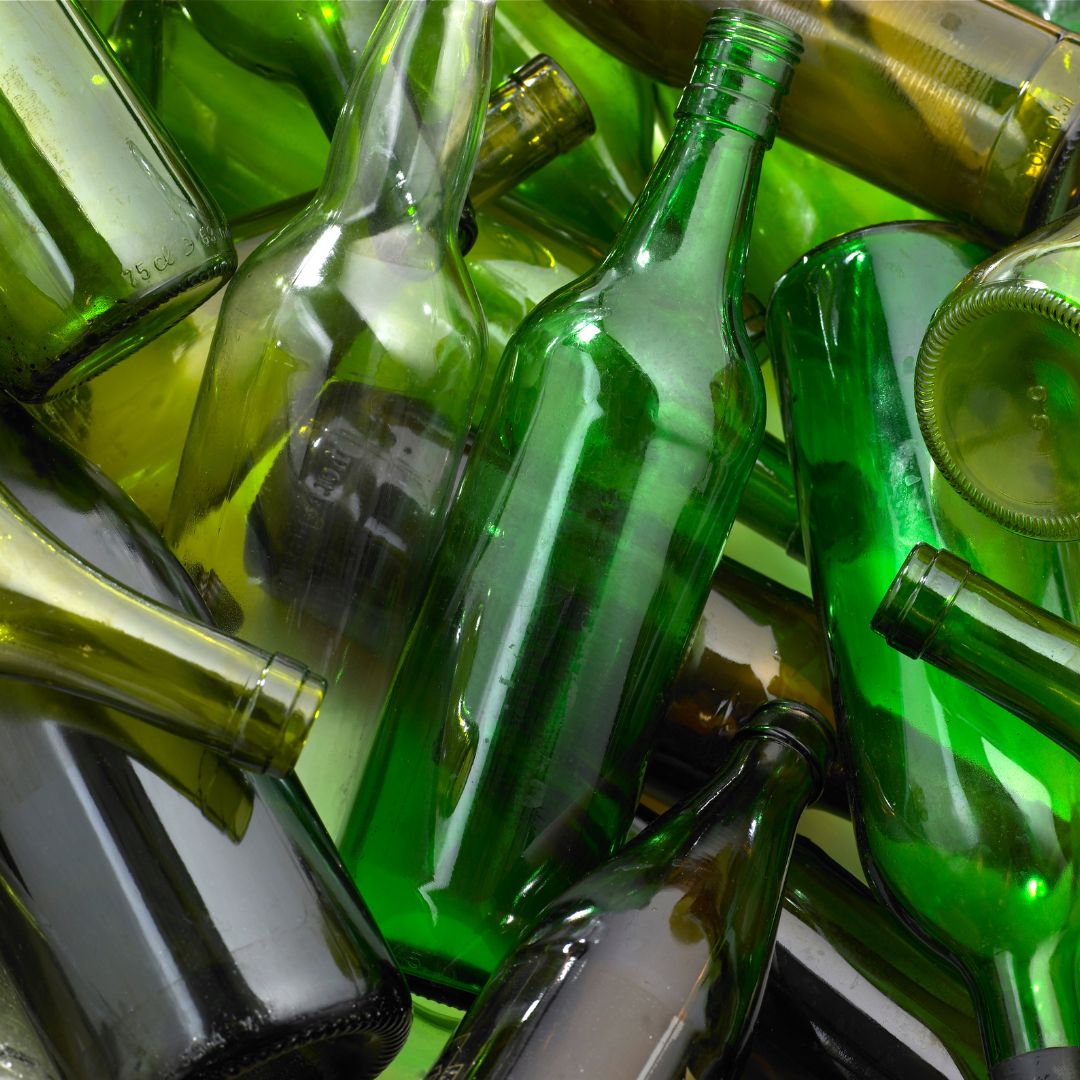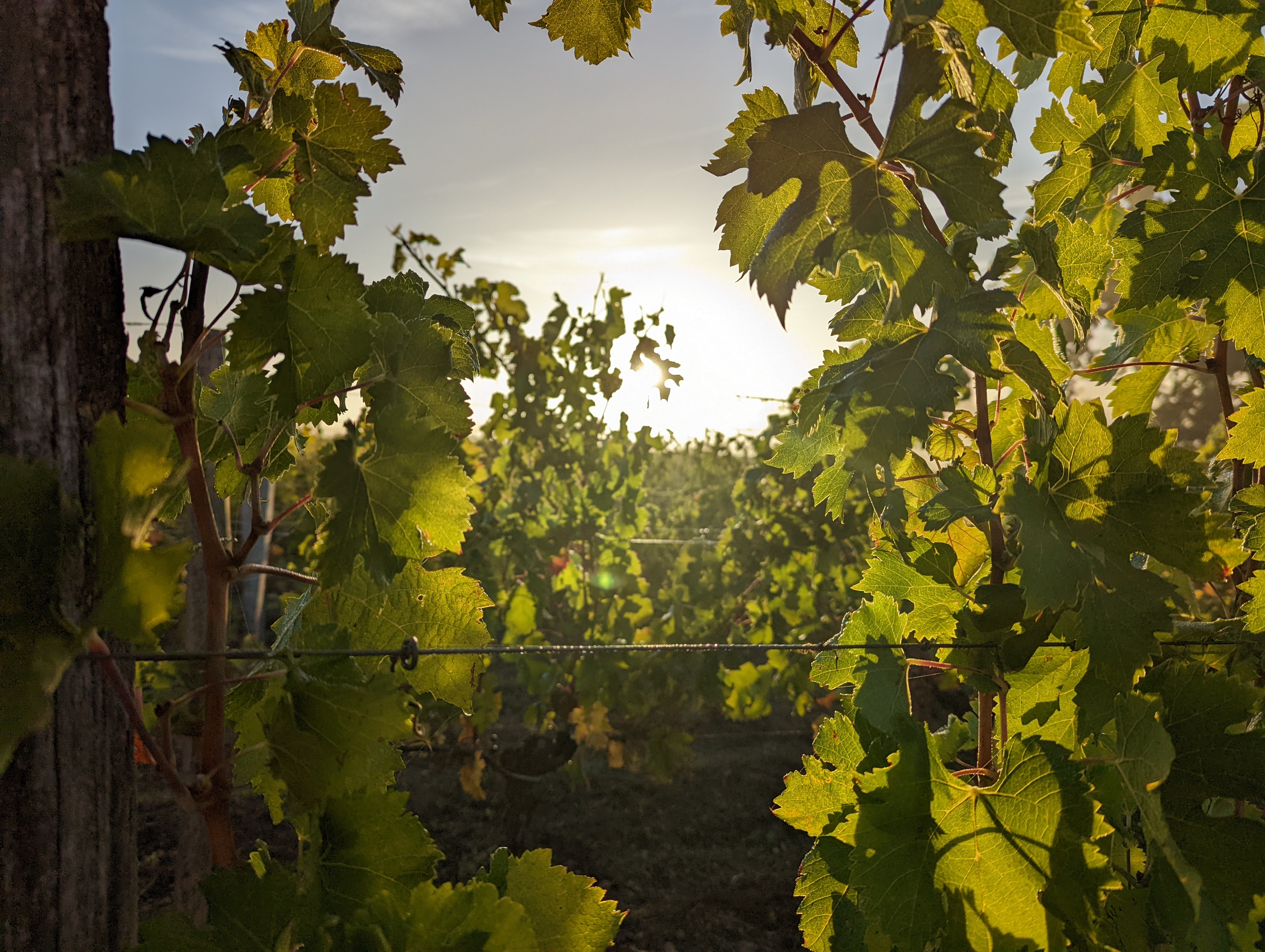The glass bottle: en essential setting
It is at the end of the last tastings that the winemaker bottles their wine. For bottling, the choice of container is considered in advance with a view to the wine's maturation period and its marketing.
The glass bottle is thus the final and definitive showcase of the wine in which it will be presented to you, consumers. The choice is therefore not trivial.
Wine containers throughout history
Before the glass bottle, we have to go back to 6000 years before Jesus Christ to find the first traces of containers that contained wine called Kvevris. These were then large terracotta jars coated on the inside with beeswax to guarantee their watertightness. They are then only used for storing the wine and not for transporting it.
The types of containers subsequently diversified and succeeded: firstly the amphorae, in clay and ceramic, created by the Egyptians, the peak of their use of which occurred during the time of the Greek and Roman empires. They were offered in various shapes and sizes and had two innovative features: two handles for carrying the wine and a long, thin neck reducing the amount of wine exposed to oxygen.

©Stefan Schweihofer de Pixabay
Technological evolution and innovation then saw the rise of wooden barrels, easier to transport by land than amphorae. These barrels gradually gained popularity as the Roman Empire stretched northward.
It was in the 1600s that glass began to be more used than other materials over the long term. Before using bottles for transport and marketing, the production of glass bottles was reserved for an elite because it was too expensive. Most carafes and bottles, too thin and fragile, were only used to draw wine from the barrel and bring it to the table.
Then, the invention of the coal oven made it possible to obtain thicker and more resistant glass, favorable to more secure transport of wine. Individual bottles appeared with the development of the sales and consumption of wine.
It was from the 18th century that the bottle became truly standardized. Its capacity was quickly set at 75 cl. The bottle therefore plays a determining role in the quality, conservation and even transport of any vintage.
The anatomy of the bottle
To understand the issues behind the winemaker's choice of this container, it is important to understand the anatomy of this silhouette, well known and recognized by wine lovers.

At the top, the capsule and the neck. Next follows: the shoulder (the widening), the body (the wide part), the heel and the punt (the dimple in a wine bottle's bottom).
The format of the bottle
So-called “standard” wine bottles have a capacity of 75cl. This is the most widespread and commercialized format today. During the second half of the 18th century, the standardization of the 75cl bottle can be explained by the privileged commercial relationship between the French and the English, the main consumers of French wines. The latter using the imperial gallon as a unit of measurement equivalent to 4.5 liters, commercial exchanges and conversions were facilitated by the use of the standard format which made it possible to deliver 6 bottles of 75 cl for one gallon.
Today, the second format well known to consumers is the magnum, more prestigious and often associated with festive events. But there are a variety of other bottle sizes depending on the desired capacities, most of them nevertheless remaining rather confidential or even rare.

The Bordeaux vineyard offers variations in terms of names and capacities:
- Marie-Jeanne: 2.5 liters
- Double Magnum: 3 liters
- Jeroboam: 4.5 liters
- Imperial: 6 liters
Large bottles have thicker glass than standard size bottles. The wine is thus better protected from light, heat, possible temperature variations and oscillations during transport.
They also allow the wine to age better and more slowly than in smaller bottles, giving it depth and greater complexity.
The shape and size of the bottle therefore have a direct impact on the conservation of the wine. The higher the capacity, the longer the storage potential will be.
The form: the affirmation of a precise regional origin
France is a country with a large diversity of wine regions, each one have gradually wanted to stand out by adopting a specific bottle, like a signature. This is why you have undoubtedly encountered in your journey as a wine consumer a diversity of bottles, either conical, rounded or even slender... Each, at a simple glance, reveals the geographical origin of the wine it hosts.
Depending on the French regions, you will open bottles of different shapes, all of them have their own characteristics and each represents its region and terroir. The best known are the Bordeaux bottle, commonly used for red wine, and the Burgundian bottle.
Bordeaux bottle
In Bordeaux, wine bottles have a clearly identifiable shape, recognized throughout the world. Called “la bordelaise”, the typical Bordeaux bottle has straight sides and high square “shoulders”. This is the most common bottle shape in the world.

Red Bordeaux wines are stored in green bottles to protect them from the harmful effects of sunlight. Transparent bottles are preferred for whites and rosés in order to highlight the clarity of their colors.
Burgundian bottle
Also called the “dead leaf green” bottle, it has more rounded and sloping shoulders than the Bordeaux and a slightly wider base. Several shades are possible, such as “dead leaf” to recall its color. At Château La Rose Perrière, our South African Kroonpoort wine is bottled in a Burgundian bottle, a format favored by South African winegrowers.

Other more confidential bottle shapes
There are other shapes of bottles, less famous but just as typical of the wine regions of France:
- Rhone bottle: inspired by Burgundy, the "Rhodanienne bottle" has a slightly wider body.
- Alsace bottle: slender and very delicate, it is the tallest of all and exclusively reserved for wines from Alsace. It is unique and its specific shape is protected by a decree dating from 1955.
- Champagne bottle: it is the reference size of Champagne bottle. Heavy (more than 800g) and thick, it is designed to be able to withstand the significant pressure of carbon dioxide.
- Provence bottle: it can have two shapes for the Côtes de Provence appellation: the owner's wines are generally bottled in "corset flutes" which have a tighter base while the merchants use the "Côte- de-Provence”.
- Clavelin bottle: we find this robust bottle only for the yellow wines of the Jura. The 62cl Clavelin represents the remaining quantity of 75cl of Vin Jaune du Jura which will have spent 6 months in barrels!
The tint of the glass
Generally speaking, wine does not like light because certain substances contained in wine, such as tannins in red wines or flavonols in white wines, are very sensitive to it. Chemical reactions caused by prolonged exposure to light alter the organoleptic properties of wine and can even change its color. We then speak of the "taste of light", a phenomenon studied for the first time in the 1980s. Extensive studies have revealed a molecule, riboflavin, involved in the alteration of wine by light.
Ordinary glass protects wine from this harmful exposure to light by largely absorbing UV rays. To also guarantee the filtration of blue and violet light, winegrowers choose a color for the bottle. Green and amber are the most common colors but in reality, a whole range of colors is offered by manufacturers to protect the wine but not only: the aesthetics of the colors offered have the secondary objective of attracting the consumer and to shakes the codes. Less conventional, certain shades offer a tool for differentiation for wine properties or even “premiumization”.

Furthermore, colorless glass is also used for wines intended to be consumed quickly. This is generally the case for rosé wines like our Rosé de Syrah and white wines like our Château La Rose Perrière Blanc kept in colorless glass bottles which offer the possibility of immediately appreciating the color of the wine. This is how we can particularly admire the clarity of the color and the wide range of nuances of rosé wines.

For wines to age, particularly red Bordeaux wines, green bottles are preferred and required.
You will have understood that since the origins of wine consumption, containers have evolved to increasingly serve the quality, organoleptic properties, conservation and transport of wine but also environmental sustainability. Today, the glass bottle that adorns your tables is offered in a varied range of formats, shapes and colors in order to promote the identification of the geographical origin of wines, to protect wine properties and to reflect a top of the range reference and, ultimately, to attract consumers. Some bottles even become luxury objects, just like the nectar they protect, being the subject of a careful and innovative approach to design. They have also become an object of our daily life, present in the majority of homes.
